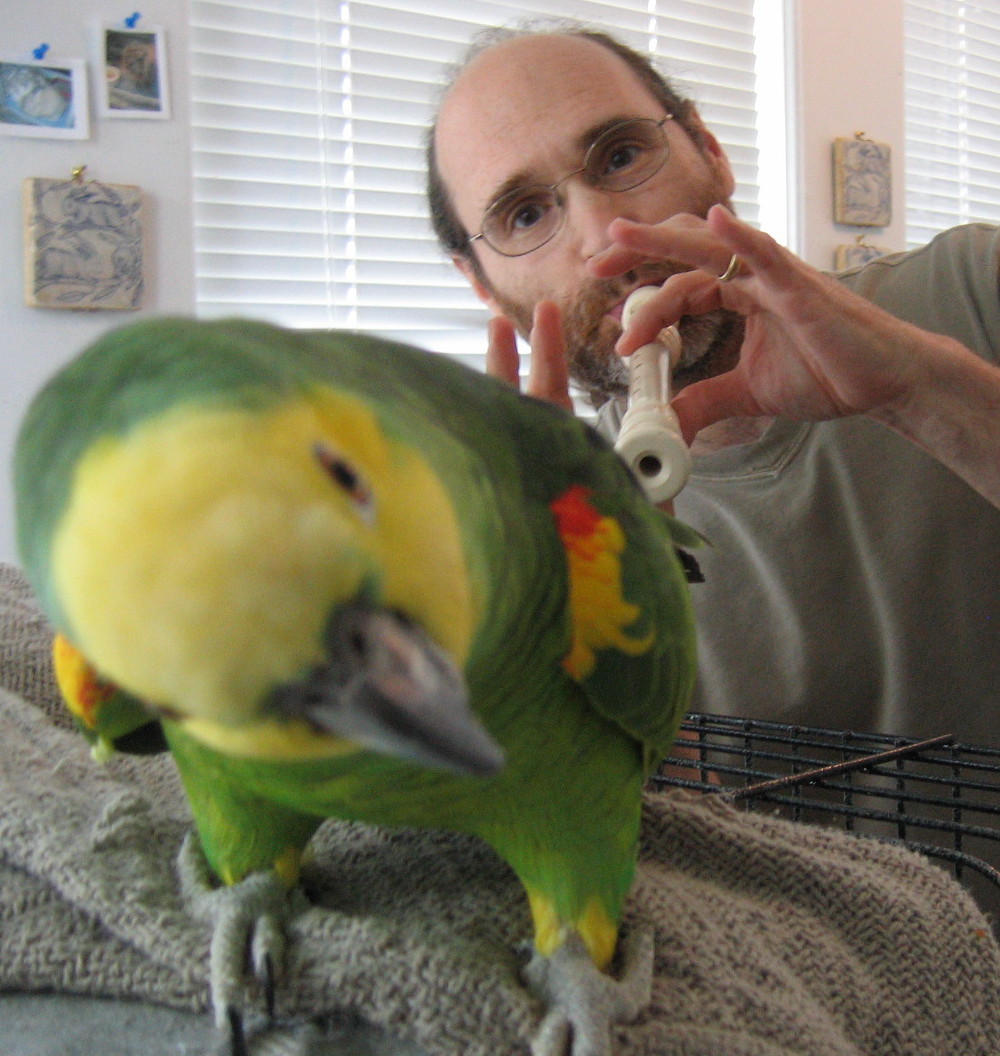Play a couple of lines of a simple lyrical legato study using the syllable 'u' ( sounds like 'who'). Notice how it feels in different registers and dynamics.
Then wait a couple of minutes and do the same piece using the syllable sound 'ur' ( sounds like 'fur' or 'her'). Notice how this feels in different dynamics and registers.
Then do this same format using the syllable 'O' (sounds like 'oh') then the syllable sounds 'A' ( sounds like 'hay') then an 'AH' sound. Experiment with these for a week or so and if you are interested let me know your results in a comment on the blog.
My interest in this subject stems from my own playing discoveries and what I am noticing in other people's playing. For years we can go on what we have learned and practiced or on 'instincts' and just play. It is only when we hit a snag or a 'brick wall' or feel that something is not doing what it normally does that we have to figure it out.
This is where using different tools can be very useful. The use of vowels or syllables in wind playing is very fascinating for they naturally incorporate the tongue and embouchure muscles in creating shapes that can enhance or distract from sound quality and register and our air support systems.
I don't want to say to much more until a week or so from now.
Good luck with your discovery endeavor!
Thursday, June 4, 2009
Subscribe to:
Post Comments (Atom)

2 comments:
Great subject!
I am taking a little bit of time away from the horn while I do some other things that are important to me this week, so I can't do this experiment right now, but as Norman knows I have worked in this way in the past.
As a bass trombone player, for a long time I tried to keep everything generally very open, tending to use "Oh" vowels, although I think I unconsciously switched to "eeeh" for the high register.
At some point I found myself against a brick wall, not sure how to move forward. Seeking out some other input led me to spend some time with Charlie Vernon and re-examine his methods. I noticed that many of his descriptions included the word "dooh" - using the "u" syllable Norman started his post with. With some experimentation I found that - for me - "u" is a more stable baseline vowel formation to use as a starting point, and one that I can carry around to all registers of the instrument much more effectively than "oh".
Switching my thinking in this way helped me to further stabilize my basic physical foundation, and now I find I have more freedom to vary the vowel formation for different tone colors, while maintaining my basic foundation of tone production.
I haven't tried "ur"! Hmmm...
[Norman, if you want to postpone this post until some other people have done their own experiments and made some comments, I completely understand.]
Yes I agree with you Gabe it is a very interesting subject. Thank you for your contributions! I will wait a few more days and write some other thoughts on this subject. But, I will say what is fascinating to me is when making one adjustment, it can have a large systemic affect on many aspects of the playing. I find that syllables can have such an impact.
More later!
Post a Comment